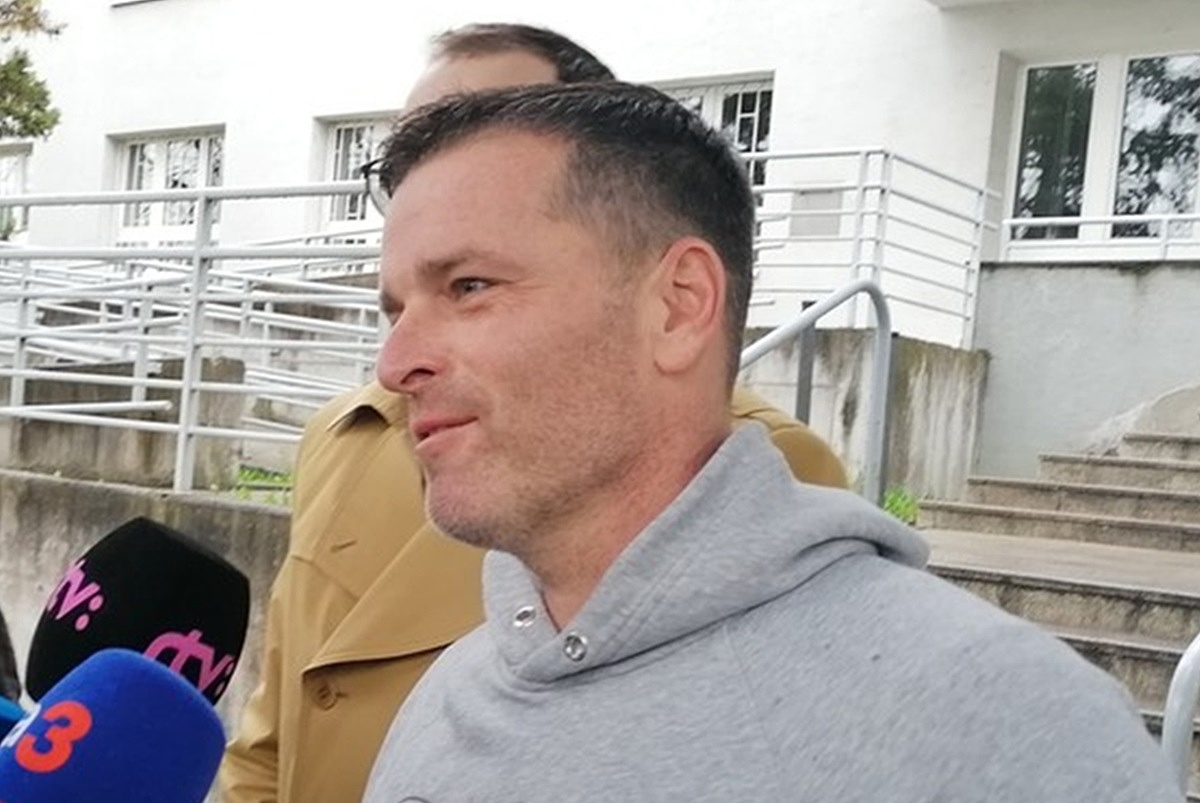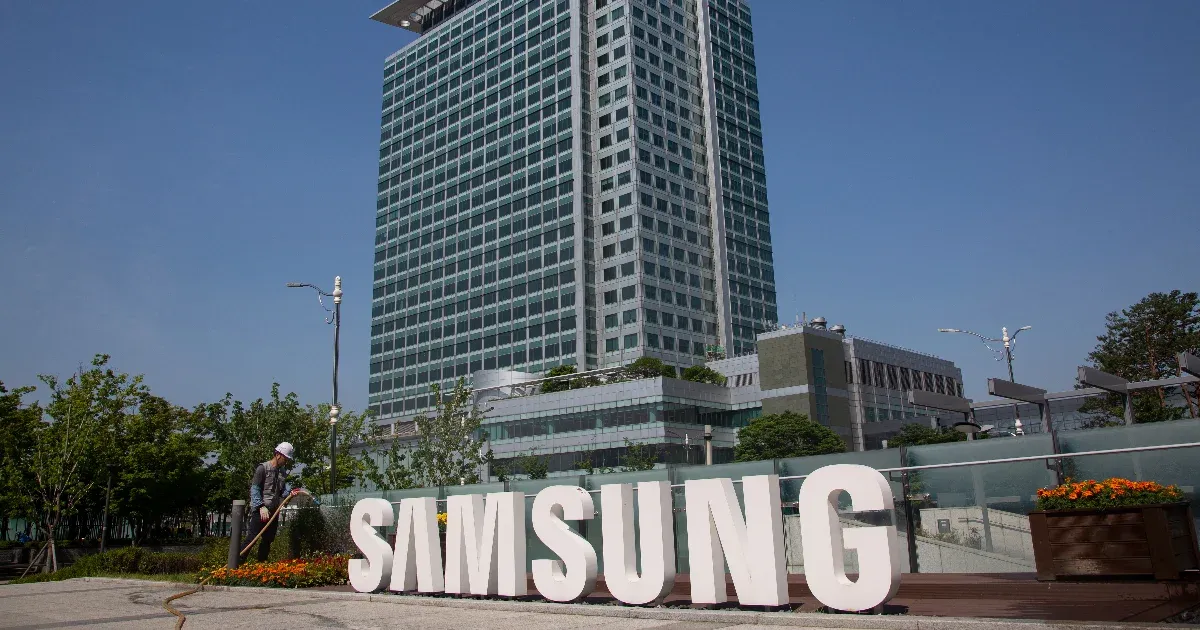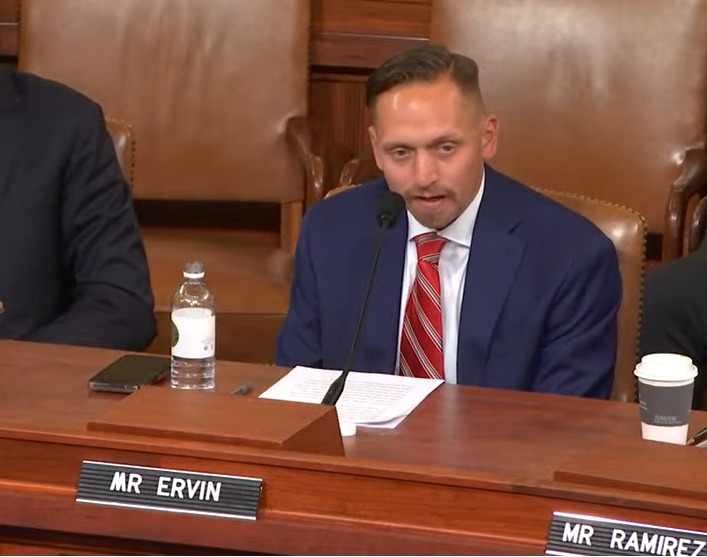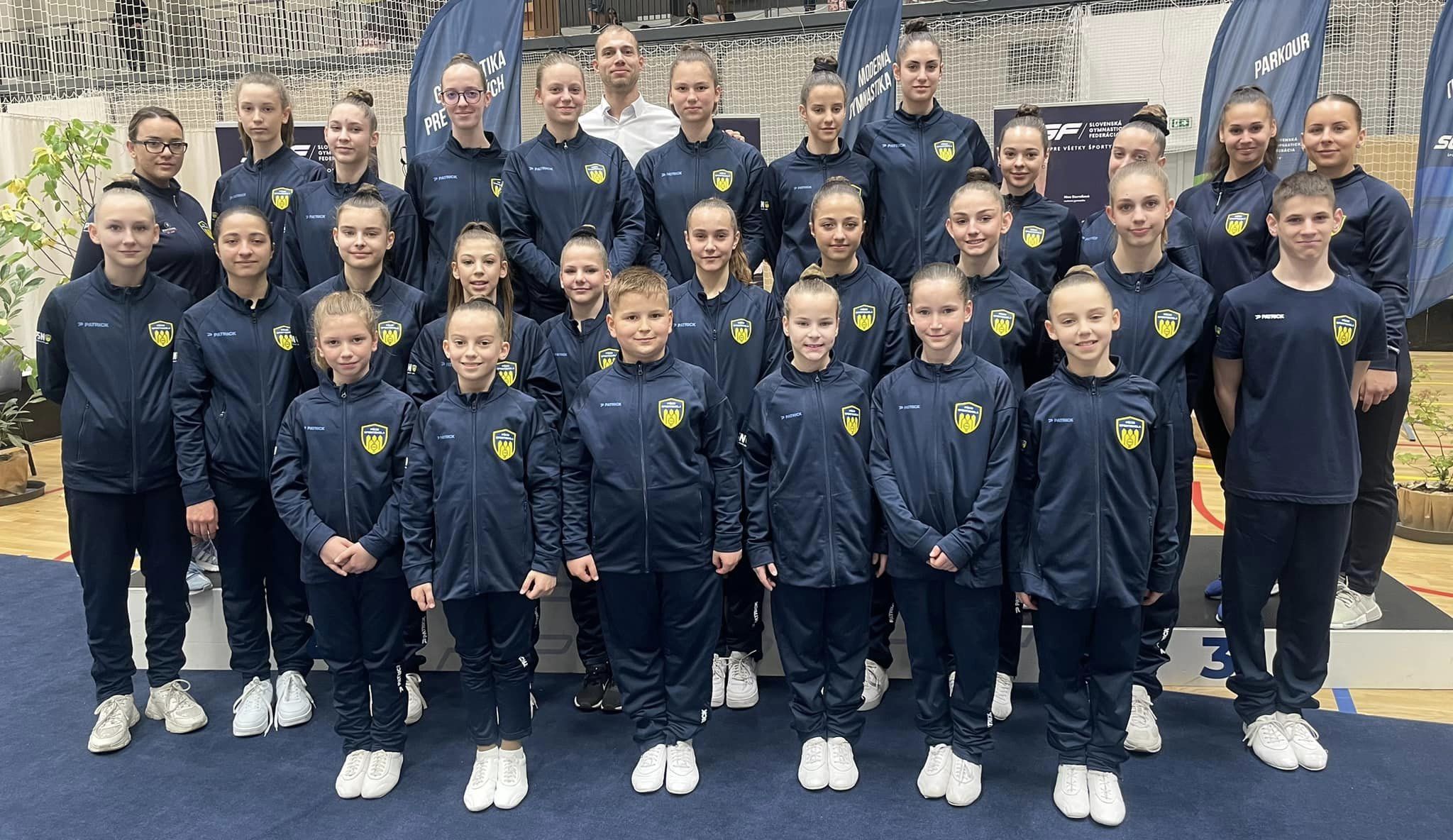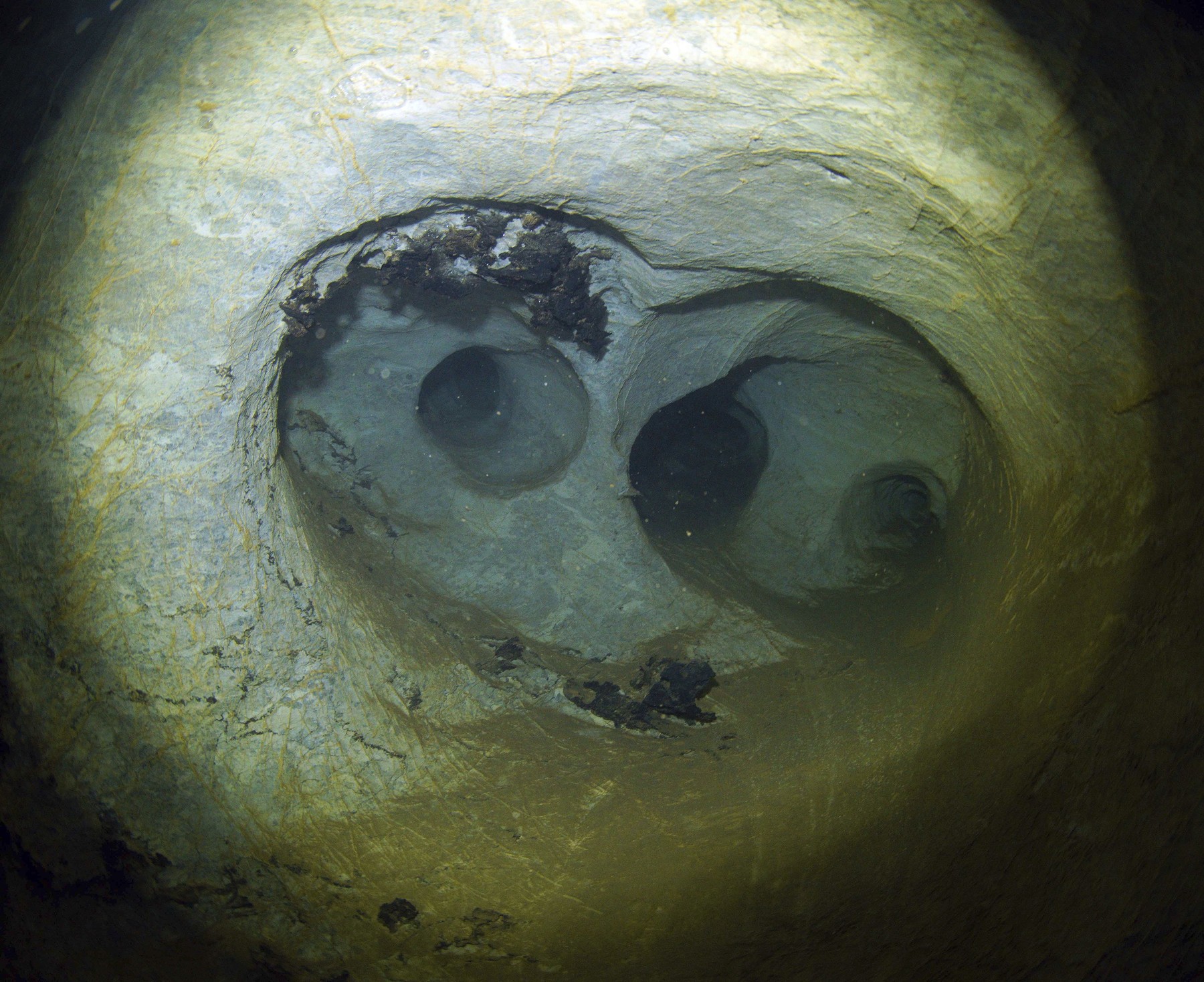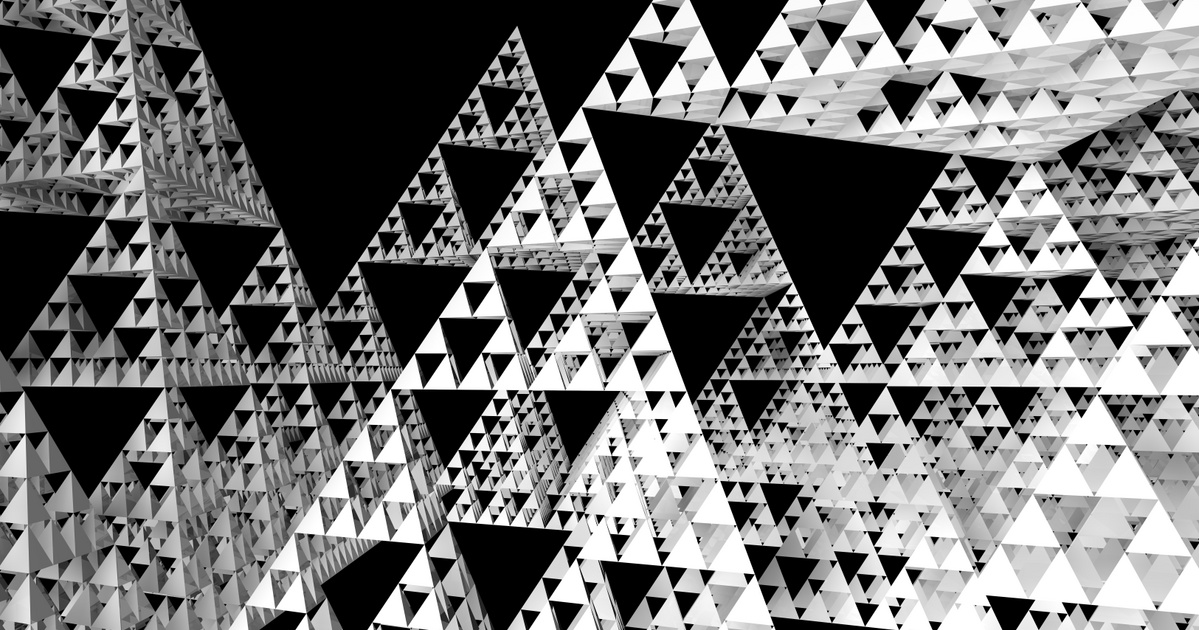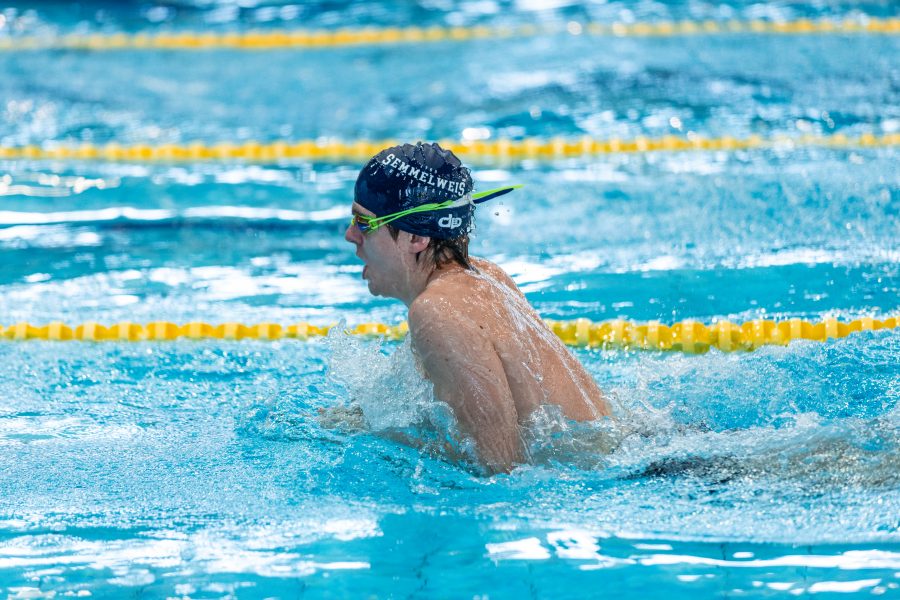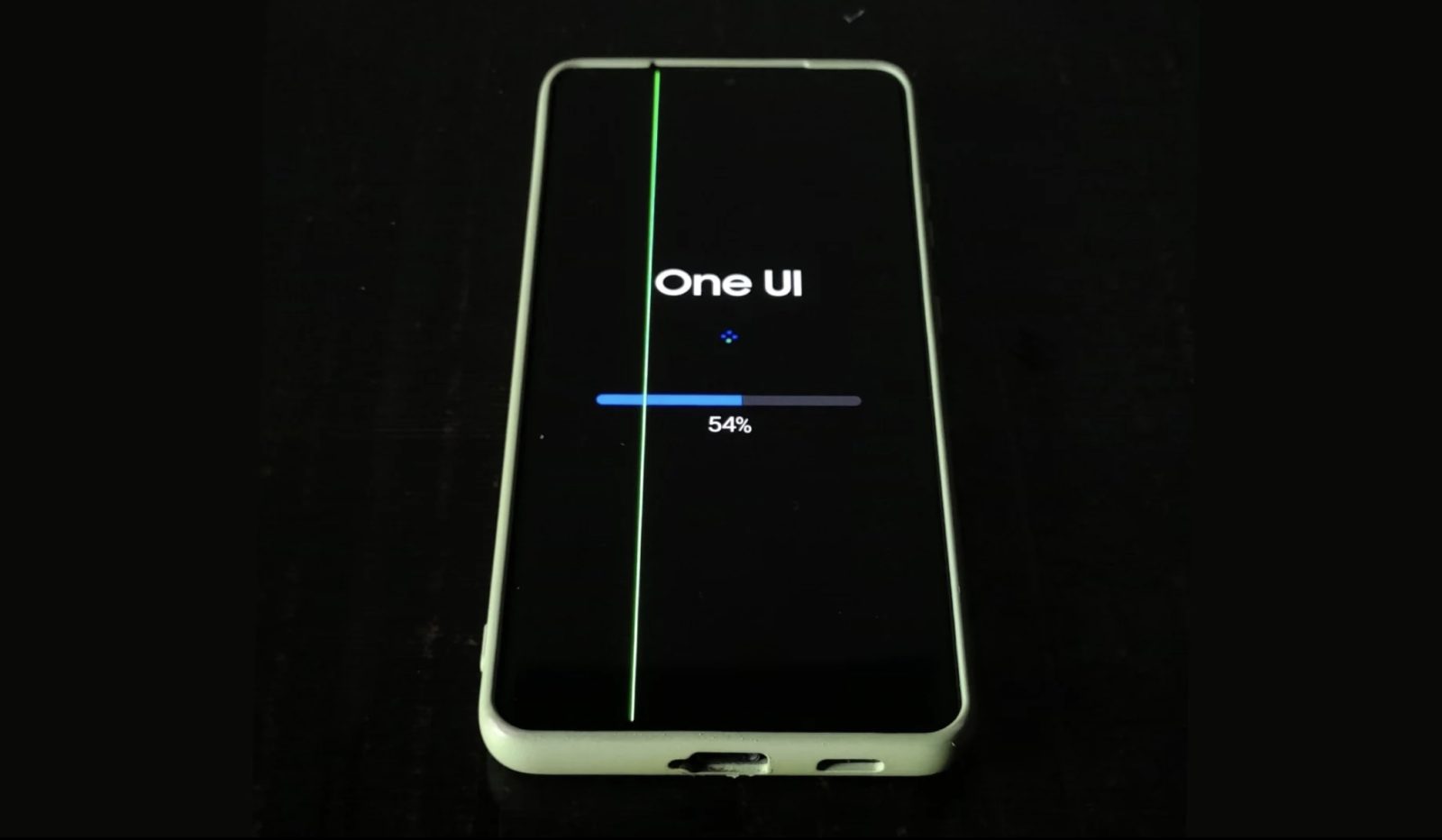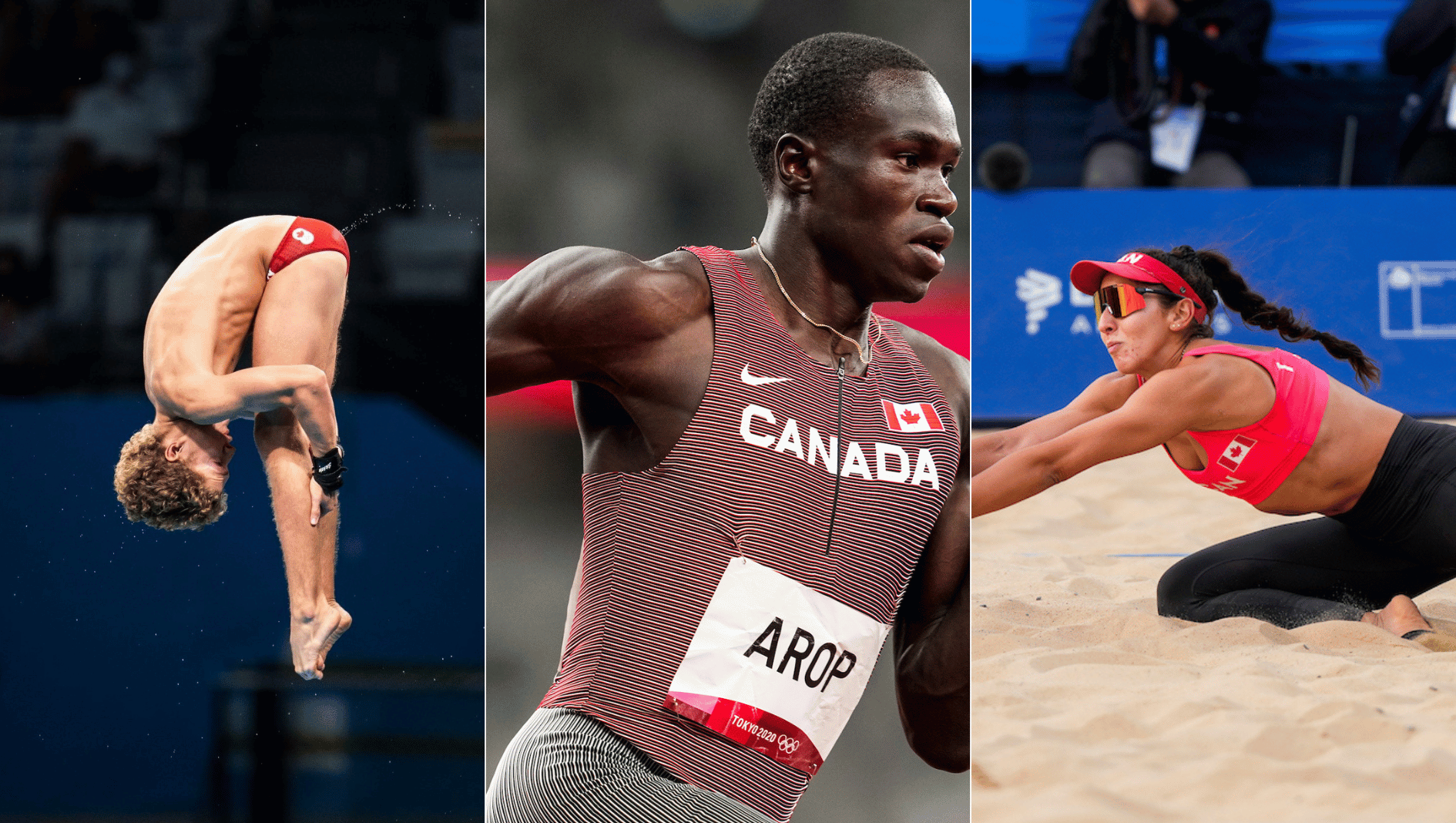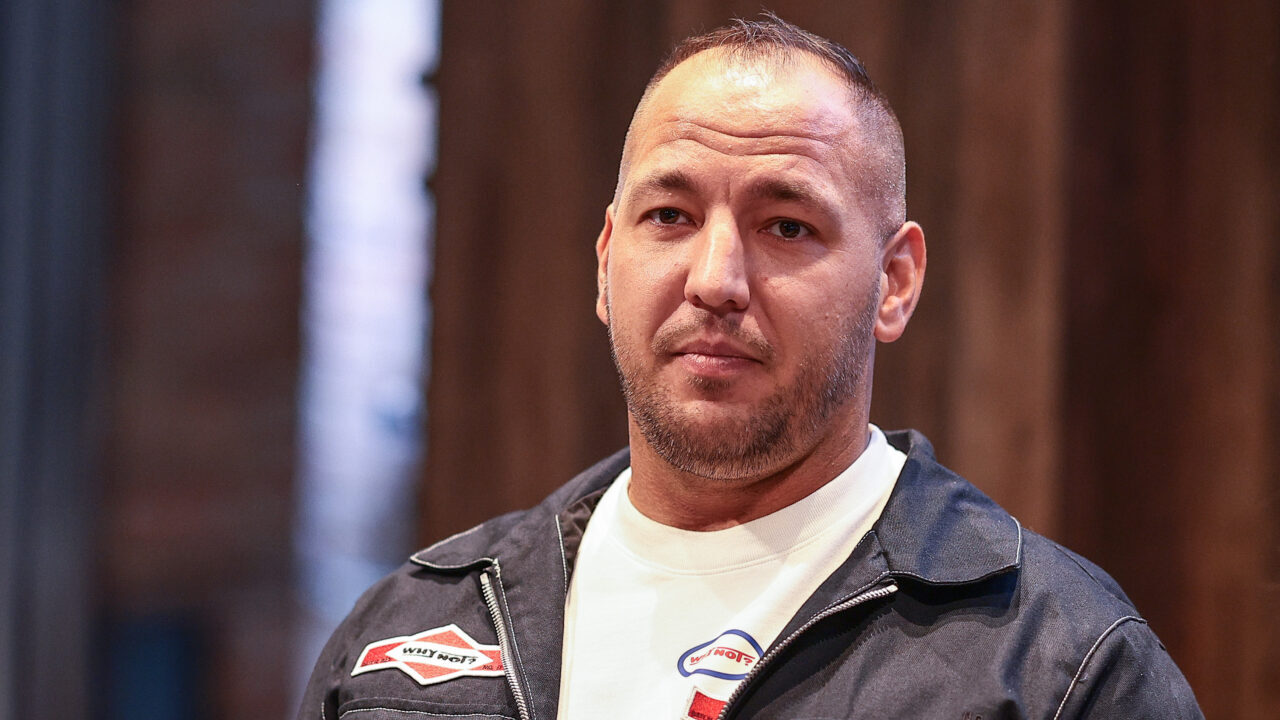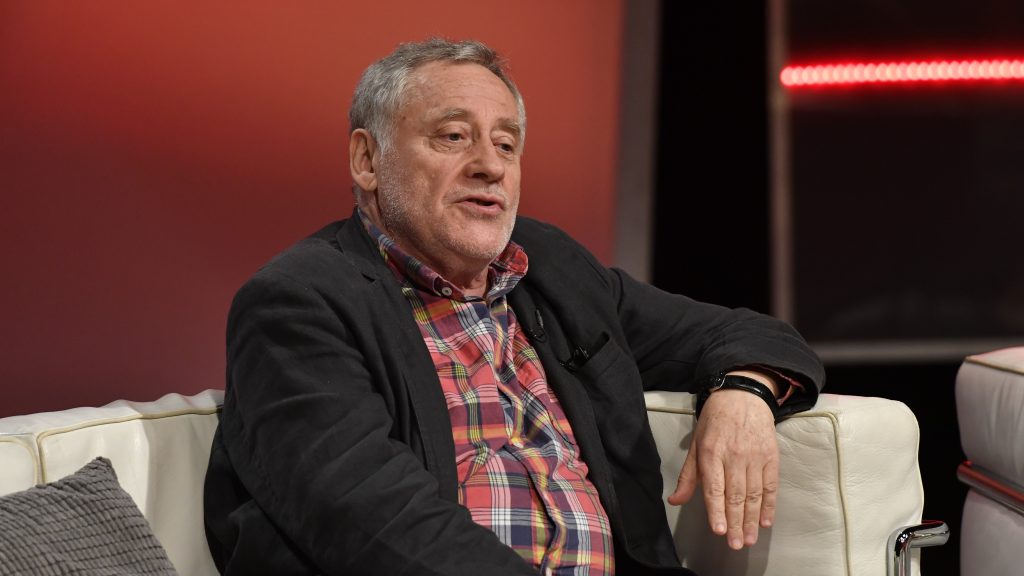A team of students and researchers Virtual Reality (VR) is examining ESA’s (European Space Agency) Argonaut lander, which is expected to deliver scientific equipment and cargo to the moon at the end of the decade. Members of the European Space Agency’s Extended Reality (XR) laboratory, as well as personnel from the German Space Agency (DLR) and the EAC spacecraft, take part in the simulations.
The XR team uses state-of-the-art technology to develop, test and study the probe, which is currently in an intensive study phase. “By simulating some of the parts that play a role in Operation Argonaut and using information from experts, we’ve explored how virtual reality can help shape development.” said Tommy Nilsson, a researcher at the European Space Agency.
As a first step, the team has created as realistically as possible the south pole region of the moon, which would likely be a suitable landing site for the first manned Artemis mission. “The flexibility of VR allowed us to realistically depict lunar terrain and reproduce the unique lighting conditions of the lunar south pole, allowing us to visualize, simulate and evaluate any hypothetical lunar surface scenario.” – Florian Dufresne, PhD student at ESA.
Thanks to a detailed virtual model, the potential Argonaut configuration was ready, which made it possible to study the operation of the probe as well as its ease of use. “We made sure the probe was very detailed so we could estimate how it would work and what challenges a human might face using it.” Dufresne added.

As we can see, virtual reality has many advantages at every stage of development, but it does not provide full value information. Virtual reality simulations rely primarily on audio and visual cues, which do not necessarily provide accurate feedback about, for example, the weight and resistance of physical objects. It also has difficulty simulating space suits and low gravity. As a solution, the XR team is preparing to test simulating the Argonaut in parabolic flight in low-gravity conditions.









